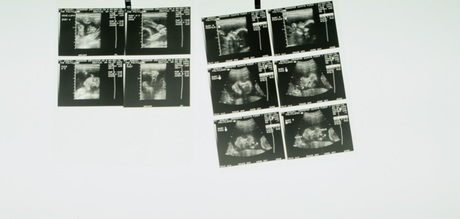Perinatal risk factors for OCD

Developing obsessive compulsive disorder has as much to do with environmental factors as genetics, but thus far the bulk of evidence in this area has been anecdotal. A new study has analysed data for all 2.4 million births in Sweden between 1973 and 1996 and determined that perinatal complications do indeed contribute to the risk of developing OCD later in life.
In an article published online by JAMA Psychiatry, Gustaf Brander of the Karolinska Institutet and his team mined the data of the Swedish Medical Birth Register and found that of the 2.4 million children born in Sweden between 1973 and 1996, over 17,000 individuals have been diagnosed with OCD. The average age for diagnosis is 23.
As complications in the perinatal period have been associated with other psychiatric disorders, the researchers focused on the data concerning maternal smoking during pregnancy, labour presentation, obstetric delivery, gestational age (for preterm birth), birth weight, birth weight in relation to gestational age, 5-minute Apgar score and head circumference. They found that all of these factors are associated with a greater likelihood to develop OCD but are yet to determine the mechanism linking OCD to perinatal factors.
The study also looked at family history, sibling clusters and co-morbidity with other disorders, but it would appear that perinatal complications are one of the most significant contributing factors to the development of OCD later in life, with an estimated prevalence of 1.32% by the age of 40. The study also found that prevalence was higher among women, at close to 60% of diagnoses, and OCD sufferers are also far more likely to suffer co-morbidity with other disorders (38% vs 5%).
Independent of shared familial mitigating factors, the Swedish researchers determined that the perinatal complications most associated with a higher risk for developing OCD later in life are maternal smoking during pregnancy (10 or more cigarettes per day), presenting as breech, delivery by caesarean section, preterm birth, low birth weight being large for gestational age and Apgar distress scores.
The study reports, “The findings are important for the understanding of the cause of OCD and will inform future studies of gene by environment interaction and epigenetics.”
Mini lung organoids could help test new treatments
Scientists have developed a simple method for automated the manufacturing of lung organoids...
Clogged 'drains' in the brain an early sign of Alzheimer’s
'Drains' in the brain, responsible for clearing toxic waste in the organ, tend to get...
World's oldest known RNA extracted from woolly mammoth
The RNA sequences are understood to be the oldest ever recovered, coming from mammoth tissue...



